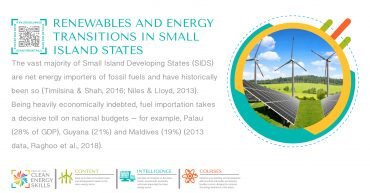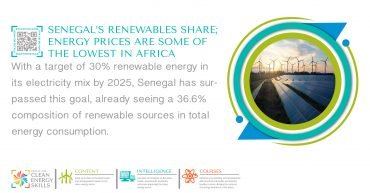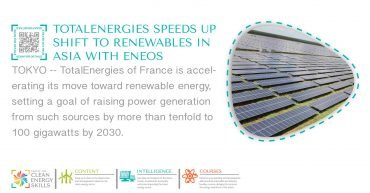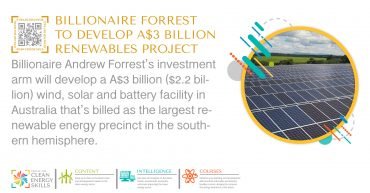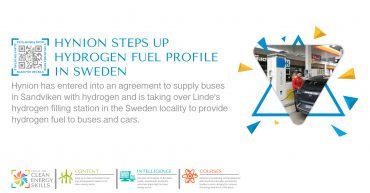It will also ensure Queenslanders maintain a stake in their energy future through their publicly-owned energy corporations, with the retention of dividends supporting continued renewable energy, storage and strategic network investments for the benefit of all Queenslanders.
Please use the sharing tools found via the share button at the top or side of articles. Copying articles to share with others is a breach of FT.com T&Cs and Copyright Policy. Email licensing@ft.com to buy additional rights. Subscribers may share up to 10 or 20 articles per month using the gift article service.
The vast majority of Small Island Developing States (SIDS) are net energy importers of fossil fuels and have historically been so (Timilsina & Shah, 2016; Niles & Lloyd, 2013). Being heavily economically indebted, fuel importation takes a decisive toll on national budgets – for example, Palau (28% of GDP), Guyana (21%) and Maldives (19%) (2013 data, Raghoo et al., 2018).
With a target of 30% renewable energy in its electricity mix by 2025, Senegal has surpassed this goal, already seeing a 36.6% composition of renewable sources in total energy consumption.
A battery to most people is something that goes in a car, or is a cell used in flashlights, toys, video games, controllers, TV remotes, etc. But there is another kind of battery and on a different scale — a reservoir of energy.
TOKYO — TotalEnergies of France is accelerating its move toward renewable energy, setting a goal of raising power generation from such sources by more than tenfold to 100 gigawatts by 2030.
Australia will be an “enormous winner” from the global transition to renewables because it has both old and new energy resources, according to PwC Australia chief executive Tom Seymour.
Billionaire Andrew Forrest’s investment arm will develop a A$3 billion ($2.2 billion) wind, solar and battery facility in Australia that’s billed as the largest renewable energy precinct in the southern hemisphere.
Hynion has entered into an agreement to supply buses in Sandviken with hydrogen and is taking over Linde’s hydrogen filling station in the Sweden locality to provide hydrogen fuel to buses and cars.
Crown Estate Scotland has given the green light to 10 floating wind farms, and 17 new projects overall, worth around £700 million investment. To put the proposed 25GW of projects in context, they would be two-and-a-half times the UK’s entire current offshore wind capacity and equivalent to Europe’s entire existing offshore wind capacity.


